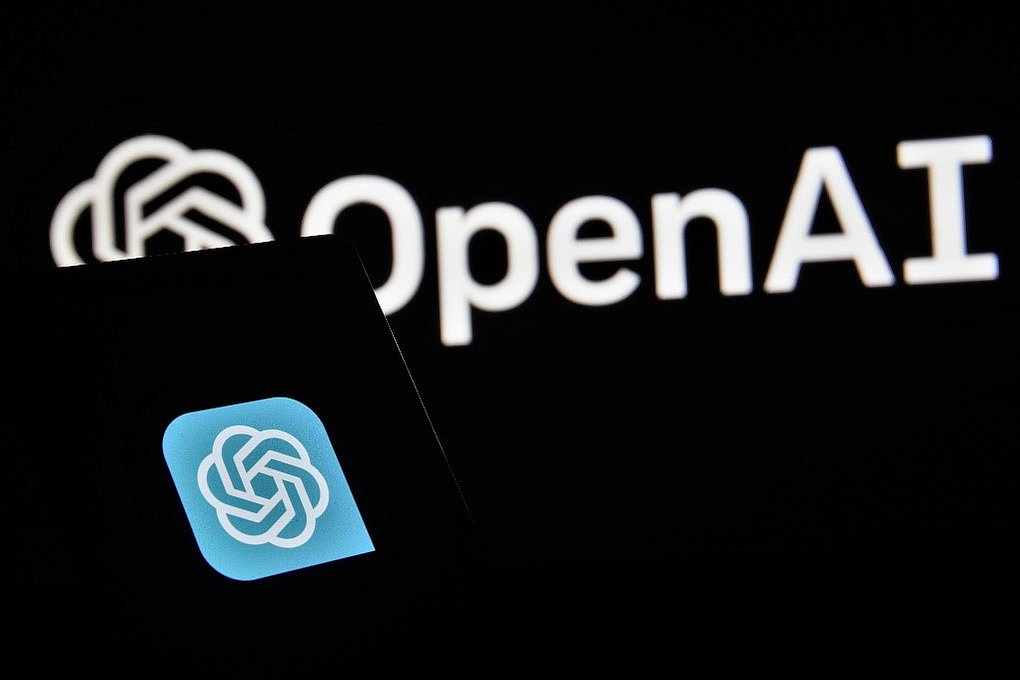A Growth Mindset in the Digital Age
Prefer to listen? Click below
In today's dynamic educational landscape, the rise of online learning platforms, virtual reality, and artificial intelligence (AI) has ushered in transformative change. The conventional reliance on textbooks and lectures no longer suffices. Instead, teachers now have to deal with a constantly changing digital world. They need to be adaptable and eager to learn new things. To succeed in this new era, teachers need to have what's called a "growth mindset." This mindset is all about being open to new ideas and using technology in education to its fullest potential.
The Core of Growth Mindset
At its essence, the concept of a growth mindset, as coined by Carol Dweck in her book Mindset: The New Psychology of Success, centers around the belief that individuals can enhance their abilities and intelligence through effort and perseverance. It's the opposite of a "fixed mindset,” which assumes that one’s abilities and talents are set in stone and can't change. Individuals with a growth mindset welcome challenges as opportunities for personal development, understanding that with practice and dedication, they can get better at anything. This mindset helps them bounce back from failures and learn from them.
The Roles of a Growth Mindset for Educators
A growth mindset equips educators with essential roles in the evolving educational landscape. Firstly, they embrace change and adaptability driven by advancing technology, viewing challenges as opportunities for personal and professional growth. This mindset encourages them to try new teaching methods and use new technologies, creating a dynamic learning environment. Secondly, teachers with a growth mindset keep learning throughout their careers, promoting continuous growth among both themselves and their students.

A growth mindset also helps teachers bounce back from setbacks and create a positive learning atmosphere. They encourage their students and help them build confidence and resilience. They also focus on teaching critical thinking and problem-solving, pushing students to think creatively and work together. Furthermore, a growth mindset encourages creativity and innovation. Teachers with this mindset inspire students to come up with new ideas and explore them. Lastly, they empower students to take charge of their learning, set goals, and find motivation, all of which are vital in today's tech-driven world.
Barriers and Enablers for Growth Mindset Adoption
While the benefits of a growth mindset are apparent, several barriers can block the ways for teachers to adopt one. They might worry that technology will replace them, which can make them resistant to change. The fast pace of technology can also be overwhelming, and the fear of failing can stop them from embracing a growth mindset. To overcome these barriers, teachers need an environment that supports them.
Comprehensive professional development programs play a vital role in equipping educators with both technical skills and a growth mindset. Fostering a collaborative school culture, sharing experiences, and offering mentorship programs and peer learning opportunities further encourage growth mindset adoption. Experienced educators who have embraced a growth mindset can serve as mentors, inspiring and motivating their peers to navigate the AI era with confidence.
Cultivating a Growth Mindset
Cultivating a growth mindset demands reframing challenges as opportunities for learning. To truly embrace and cultivate a growth mindset, teachers should implement concrete strategies that foster adaptability, resilience, and a thirst for learning. Here are some actionable steps for teachers to adopt and nurture this essential mindset:
a. Engage in feedback-driven (self-)reflection: Teachers should actively seek feedback from students, colleagues, and administrators. Embrace this feedback as an opportunity for growth and refinement in teaching methods. Through reflection and adaptation, educators can model adaptability and resilience. A teacher may invite a (senior) colleague or his supervisor to visit his class and give constructive feedback afterwards. He could also ask students for feedback on what they found most challenging or engaging after a lesson. The teacher can then use this feedback to adjust their teaching approach and materials for the next class.
b. Seek professional development (PD) and support: Engage in PD opportunities that focus on educational trends and issues (for instance, AI application in education) such as workshops, webinars, and conferences. Connect with a network of educators, share ideas, and learn from one another's experiences. Many PD resources are available online for teachers including blogs and websites (e.g. Macmillan Education, TESOL Association, and Edutopia), and social media groups (e.g. ELT Professionals, EduVerse, and ChatGPT for Teachers).
c. Experiment with innovative strategies: Teachers are encouraged to experiment with new teaching methods and technologies they may acquire from PD opportunities; for example, an app for classroom management, or a collaborative storytelling platform. This experimentation can lead to valuable insights and help educators discover innovative ways to engage students and enhance their learning experiences. In addition, teachers can continually push the boundaries of traditional teaching, engaging classrooms that inspire a growth mindset among learners.
d. Utilize AI-powered tools: Embrace AI-powered tools to elevate the teaching and learning experience. Don't be overwhelmed by the multitude of options available. Instead, take a deliberate approach by starting with one or two straightforward, user-friendly tools or apps that align with your teaching goals and instructional style. By starting small, the teacher can gain more confident in using the tools and assess the tools' impact on student learning.

Empowering Educators for the AI Era
Educational institutions and policymakers have a significant role in supporting educators' growth mindset adoption in the AI era.
a. Investing in PD: Educational institutions can offer comprehensive professional development programs that focus on growth mindset and the integration of AI in education. For instance, schools could provide workshops and training sessions that guide educators in leveraging AI-powered tools effectively.
b. Collaboration with tech experts: Establish collaborations between teachers and technology experts. These partnerships can facilitate the seamless integration of AI and technological advancements into the curriculum. For example, a university can partner with a local tech company, allowing teachers to access the company's expertise and guidance to incorporate technology into their daily work.
c. Policy support: Policymakers can create policies that incentivize the adoption of growth mindset practices and AI in education. This might include allocating resources for technology integration, offering grants for innovative teaching approaches, or recognizing schools and educators who excel in these areas.
Conclusion
Embracing a growth mindset in this new educational era is imperative for educators to adapt to the changing technological landscape. By fostering a belief in growth and improvement, teachers create positive learning environments that empower students to become lifelong learners. As Carol S. Dweck said, "In a growth mindset, challenges are exciting rather than threatening." Let us, as educators, embrace a culture of growth and use the power of a growth mindset to transform education.
